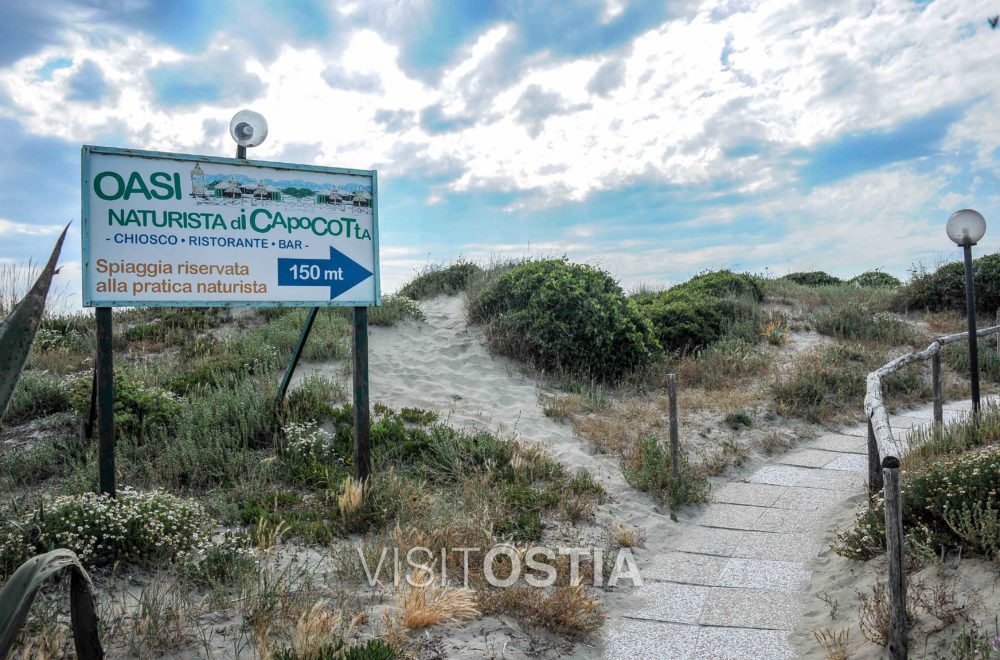The entire coastal area was composed by dunes which were over 10 mt high. These have been destroyed by an extreme urbanization of the territory. The majority of the dunes which survived are now within the Litorale Romano Reserve.
A dune is an accumulation of sand created by the wind. It raises the finest sandy particles from the beaches and it deposits them at various distances, also at many tens of metres of distance. When they form they have no vegetation and they can be destroyed by the rain or moved by the wind (mobile dunes). When a dune is colonized by some pioneer vegetation, suitable to live without humus, at very high temperatures and without water, they become fixed dunes. They can both be seen in Capocotta.
Between Ostia and Torvajanica, the coastal dunes are nearly completely intact. In other places it has been substituted by roads, bathing resorts, houses, parking lots. Here we can notice the vegetation, parallel to the sea which passes from being composed by some bushes, elsewhere they are bushes of perennial grasses or scrub of phylirrea or juniper, strawberry tree, lentisc, pink or white cistus, smilax, heather and multiflora. The height of these plants rises going inland where they become woods of laurus and holm oak. Wildlife is limited to foxes, rabbits, various singing birds like wablers, blackcaps and nightingales.
The beaches can be reached with the Roma – Lido railway, at Cristoforo Colombo station, then take 07 and arrive at km 10,200 of via Litoranea. By car, drive along via Litoranea.
Castel Porziano also has a free beach which the municipality has equipped and divided in 8 parts, called Cancelli (gates).
Capocotta is free and accessible. Here there is the only area of 250 mt where nudism is authorized.


Estratto da: S. Lorenzatti (a cura di), Ostia. Storia, ambiente, itinerari, Roma 2007






